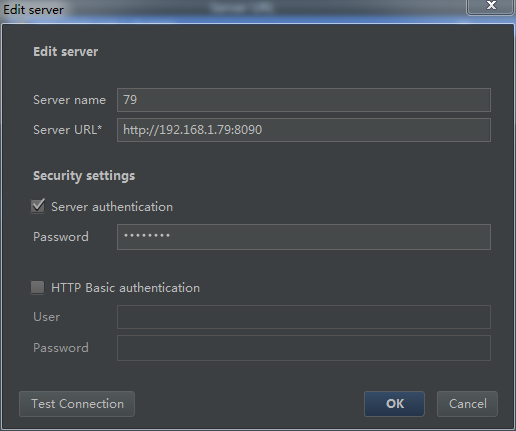

Interestingly, larger companies (100+ employees) show higher adoption of microservices at 36%, which contrasts sharply with smaller companies (under 100 employees) at 28%.Īmong the frameworks that developers use to work with microservices, the Spring Boot framework is the leader with 74%.įrameworks Quarkus, Vert.x and DropWizard round out the top four with 5%, 2%, and 1%, respectively. Most companies have applications entirely based on microservices or are currently moving to a microservices architecture. Modular-monolithic applications account for 13% of responses, and service-oriented architectures - for 12%. Microservices-based applications are the most popular (32%), followed by monolithic applications (22%). Java Application Architecture Trends: Microservices and Monolithic ApplicationsThe developers also have spoken about the architecture of the applications they have developed. Generic OpenJDK and AdoptOpenJDK/Adoptium are also among the top three with 27% and 16%, respectively.Ģ.3% of developers choose distributions of OpenLogic OpenJDK. Which JRE/JDK distributions do you prefer?36% of respondents prefer Oracle Java. The programming languages Kotlin, Groovy, and Scala were the least popular amongĭevelopers, but collectively 17% of the developers surveyed use them. Next, come Java 12 or newer (12% of developers) and Java 7 or older (5% of respondents). Java 11 occupies the second place (it’s popular among 29% of developers). Which JDK version do developers choose?Most developers say they use Java 8 (37% of those surveyed) as their programming language in their primary application. In this text, we have collected the main results of the survey. Developers from the US, China, and Europe answer the questions about significant industry trends: popular JDK versions, application architecture, and build tools. That is a real productivity killer.Every year, JRebel, a company that develops tools to improve the efficiency of Java programming, conducts a survey. You can be pretty productive without it.īut be it HotSwap or JRebel – you must make sure you don’t redeploy to reflect changes. While it’s a great product, I wouldn’t say it’s a must. They have created a very good product that is an improved HotSwap – it can swap structural changes as well. So you can develop web applications with Java almost as quickly as with any scripting language.įinally, I must mention one product with a slogan “Stop redeploying in Java” – JRebel. But that works perfectly fine – JSPs are refreshed by the servlet container (unless you are in production mode), and each view technology has an option for picking template files dynamically. You just can’t live without “save & refresh” there. But that, again, seems quite an ordinary scenario – your app can’t just load its bootstrapping configuration while running.Įven more common is the case with html & css changes. You can’t hotswap configuration as well – your application is usually configured in some (.xml) file, so if you change it, you’d have to redeploy.

Structural changes are more rare, and in some cases mean the whole application has to be re-initialized anyway. But “save & refresh” usually involves simply changing a line within a method. If you add a new class, new method, change the method arguments, add fields, add annotations, these can’t be swapped at runtime.
#Jrebel tomcat 7 how to
I’ve made a more extensive description of how to use them in this stackoverflow answer.


 0 kommentar(er)
0 kommentar(er)
